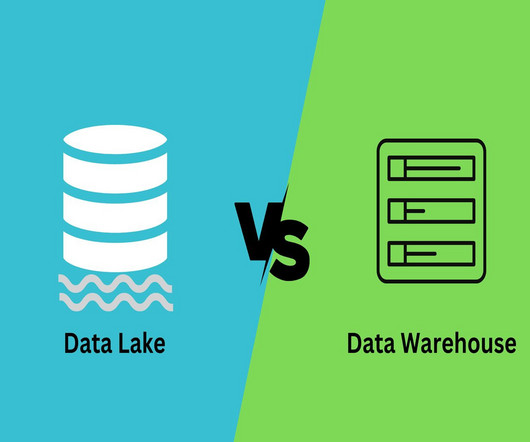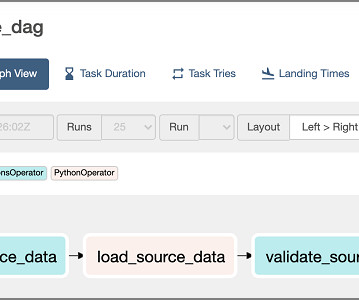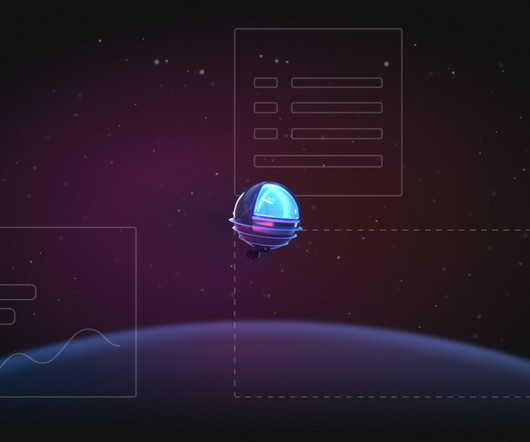Go vs. Python for Modern Data Workflows: Need Help Deciding?
KDnuggets
JUNE 19, 2025
Python works best for: Exploratory data analysis and prototyping Machine learning model development Complex ETL with business logic Statistical analysis and research Data visualization and reporting Go: Built for Scale and Speed Go takes a different approach to data processing, focusing on performance and reliability from the start.













Let's personalize your content